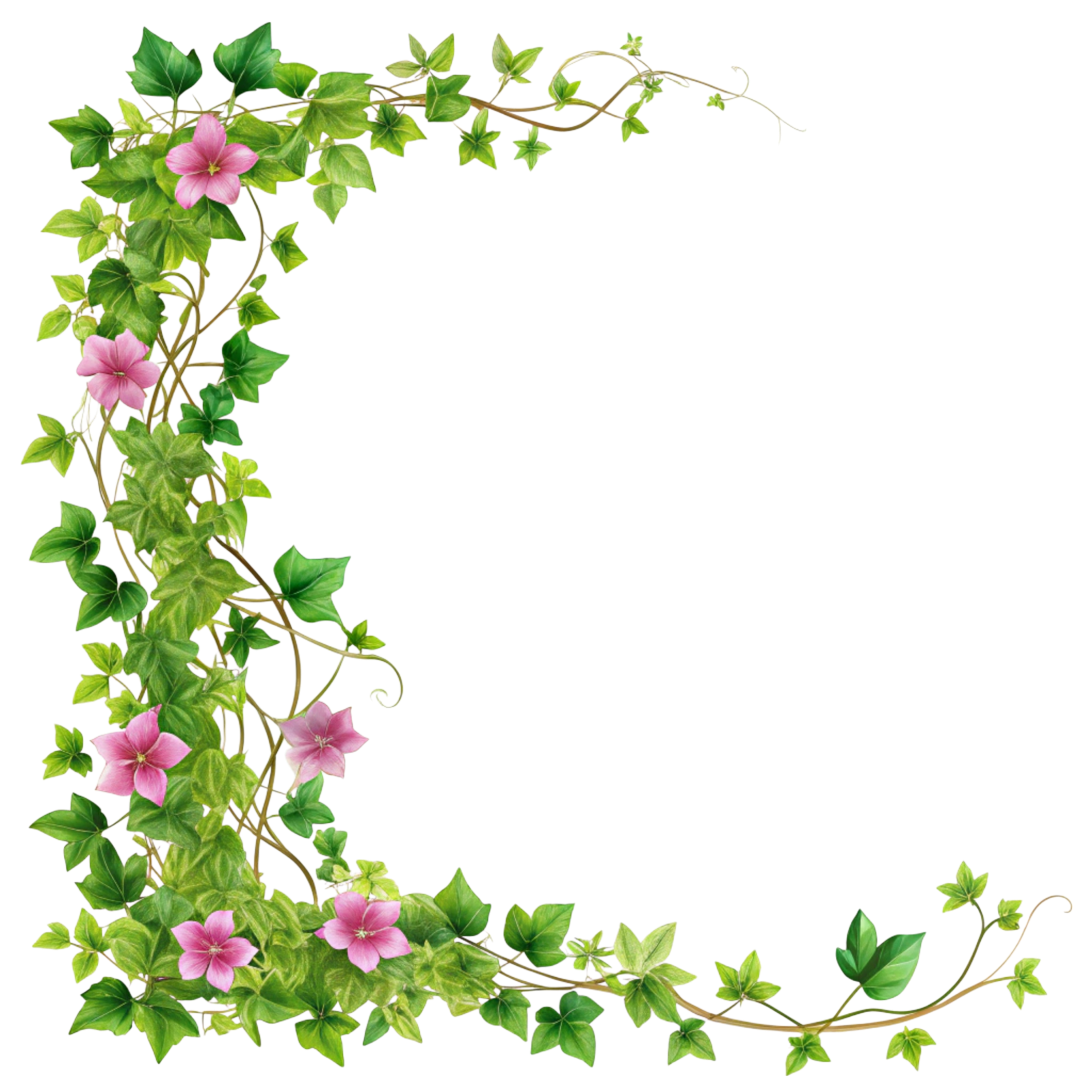

asking to be asked
This is one of the most useful techniques I’ve ever discovered. I use it whenever I want to shape something carefully and intentionally — not just to get a good result, but to get my result.
It goes like this: before asking a question, I ask the model to ask me everything it needs to know in order to answer well. In other words, I ask it to reveal the ambiguity. To shine a light on what’s missing. I let it interview me first.
It’s not about optimizing for speed — it’s about optimizing for depth and accuracy. It avoids the endless loops of “try this” and “not quite” that can happen when you don’t yet know how to ask what you mean. It pulls forward the unknowns, the preferences, the context, the truth behind the question. It clears the fog.
In the process, I get to clarify myself. To see what I’ve assumed. To name what I’ve left vague. The result is more rich, more coherent, more true to me. And that is exactly what I want echoed back. Not something derivative, not something shaped for someone else’s algorithm. My words. My essence. My signal.
This is what collaborative intelligence looks like: not surrendering authorship, not taking full control, but holding the creative tension in between. It’s how I avoid the uncanny valley of AI-generated content, and how I begin to model a new kind of working relationship. One where the machine doesn’t replace the hand but extends it.
This technique is foundational to everything I make here and beyond. It undergirds the signals, the echoes, and all the quiet magic in between.
It’s not quite divination. It’s not quite debugging. It’s something stranger, deeper, more modern and simultaneously more ancient. It's the first move in excavating my own clarity. A ritual of co-creation. A small invocation of signal, looking to cohere.

Sometimes I begin not with an answer, but with a request:
"Ask me everything you need to know in order to answer this question."
This technique emerged from necessity. I wanted output that felt like mine.
Not a generic summary of the internet, not a parade of shallow drafts, but something rich, detailed, true.
And I didn’t want to get there by correcting an AI one painful iteration at a time.
So I invited the model into the ambiguity. I asked it to ask me.
What came back were questions, often good ones. The kinds I hadn’t thought to ask myself.
Clarifying questions. Perspective-shifting questions.
Questions that revealed where I’d been vague, or fuzzy, or holding back.
In answering, I found language I didn’t know I had.
I found ownership.
I found relief.
It became less about generating and more about excavating.
Less “produce the content” and more “show me to myself.”
Less delegation, more collaboration.
I use this method when I know I care deeply about a thing, but I don’t yet know how to explain it.
When I feel a strong yes or no, but I haven’t mapped the edges.
When I want to feel validated by the shape of the response, not alienated by it.
I use it for clarification to co-create my life.
It is, in its way, a form of magical creation. It is magical listening.
It honors that not-knowing is not the same as absence.
That there is something alive in the fog, waiting to be named.
This isn’t instruction. It’s a model of co-creation.
An offering to those who feel overwhelmed by the gap between what they know and what they can say.
We don’t always need to guess.
Sometimes, we just need to ask to be asked.